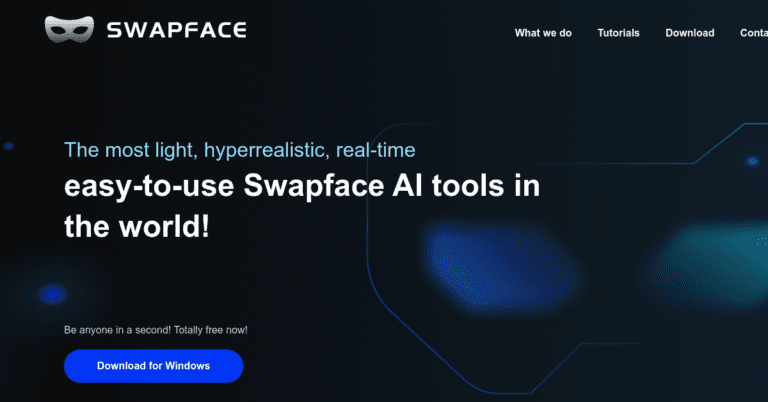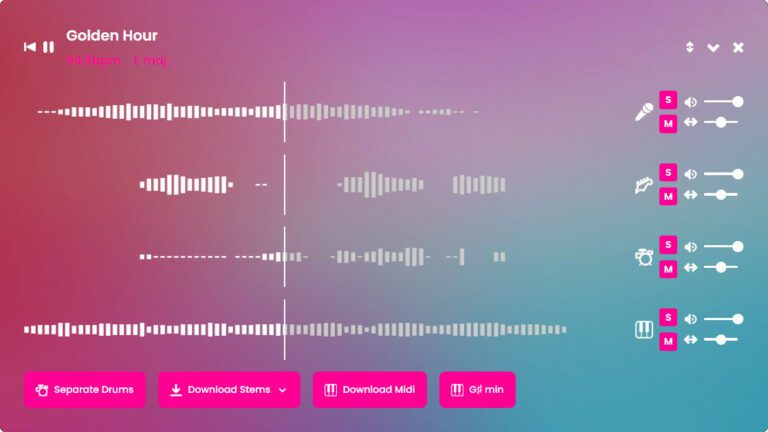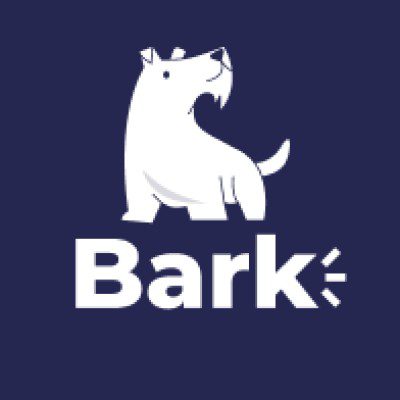If you’re a developer or software engineer interested in learning more about artificial intelligence applications and development, it’s essential to understand functional programing languages.
In 2023, there is an increasing need for developers and engineers to hone their skills with AI-specific coding tools.
The world of artificial intelligence is constantly changing, so understanding which languages are best suited to this type of AI project can help you stay ahead of the curve.
In this blog post, we’ll explore 7 of the best AI Programing Languages currently available – from traditional ones like Python and R to new entries like Julia and Swift that have quickly risen in popularity recently.
Dive deeper into each language’s strengths and weaknesses and recommend resources for further exploration.
目次
What are AI Programming Languages?
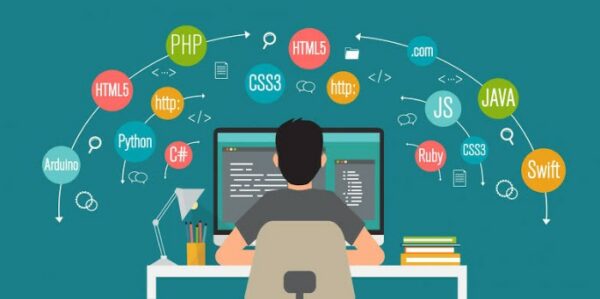
Artificial Intelligence (AI) Programing Languages are special programming languages that create intelligent software applications.
These languages are originally created to enable computers to perform tasks that require human intelligence, such as speech and image recognition, problem-solving, decision-making, reasoning, and other robust mathematical functions.
AI programming languages differ from traditional ones since they are optimized for machine learning algorithms, natural language processing, and data manipulation.
One popular AI programing language is Python, which has gained widespread popularity recently because of its simplicity, flexibility, and excellent support for machine-learning libraries.
Overall, AI programing languages have revolutionized the field of computer science. With technological advancements, we can expect more progress in intelligent software development.
What are the Best AI Programing Languages?
Artificial Intelligence (AI) is revolutionizing the world and is being embraced by individuals and organizations. With the increasing demand for AI development, it is essential to have a language that provides efficient and deep learning libraries that can work with complex data.
Python is a general purpose programing language due to its ease of use, flexibility, and extensive libraries. It has been designed to be highly readable and is known for its versatility in processing and handling data.
However, other languages have proven indispensable in executing artificial intelligence projects. We have compiled a list of some of the best programming languages to explore in 2023
Each language has its strengths and benefits, making it essential to choose the right language for your project.
Let’s dive into it:
Python
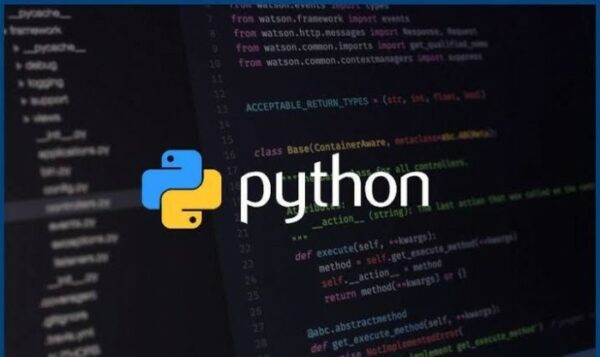
Python is widely considered one of the best programming languages for AI development, especially for beginners keen on diving into the exciting world of artificial intelligence.
Its simplicity, flexibility, and readability make learning and understanding programming concepts easy, even for non-technical persons. Python offers a vast array of AI libraries and infinite data structures, such as PyTorch, TensorFlow, and Keras, all of which are well-documented and easily accessible.
This makes it faster to build, test and deploy machine learning models, from simple to complex, and in various domains such as image and speech recognition, natural language processing, and predictive analytics.
Python’s popularity in AI development is evident in countless success stories in the industry, including Google’s AI platform, TensorFlow, and OpenAI’s language processing model, GPT-3. Indeed, Python is an invaluable tool for anyone looking to create deep neural networks that can work smarter in scientific and technical fields.
長所
短所
Java
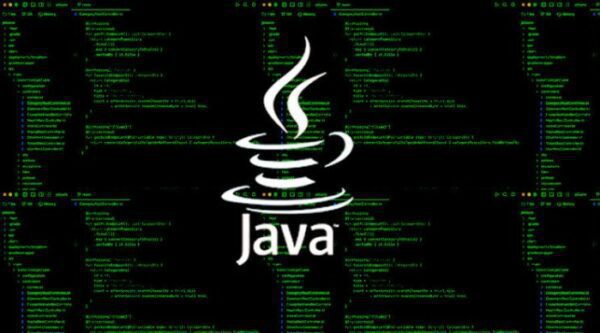
Java is the most popular programing language widely recognized for its flexibility and multi-functionality. With advanced features and standard widget toolkits, it is undoubtedly one of the best programming languages for AI programming.
The language is known for its simplicity, practical mathematical notation, data analysis, and compatibility with various platforms.
With the advent of Java virtual machine learning and deep learning, Java has become an essential programing language for AI projects and mobile app development. It offers a wide range of libraries and tools for developing advanced systems that require machine-learning algorithms.
Therefore, if you plan to build an AI solution, Java should be at the top of your list because of its versatility and popularity within the tech industry.
長所
短所
C++
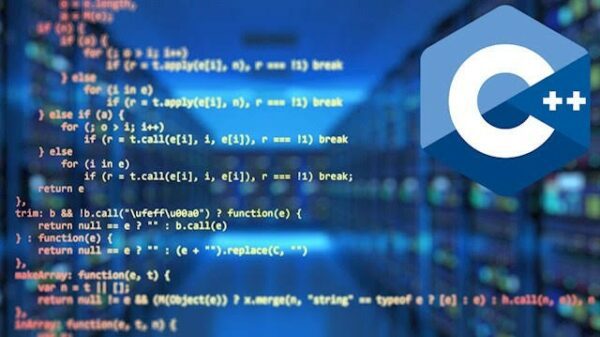
C++ is a popular programing language and the next generation of C language. It is known for its speed and portability, making it an ideal choice for AI development projects.
C++ offers a wide array of libraries allowing developers to create complex algorithms quickly. It also provides robust data structures such as graphs, matrices, and dynamic memory allocation, which are essential for AI projects.
The language is also known for its fantastic performance, as it can handle large data sets and manipulate them efficiently in real time. Furthermore, with the emergence of powerful open-source libraries such as TensorFlow, Caffe, and OpenCV, developers can easily create high-end artificial intelligence applications.
C++ is an excellent choice for any AI project requiring performance-oriented development without sacrificing speed or accuracy.
長所
短所
Lisp
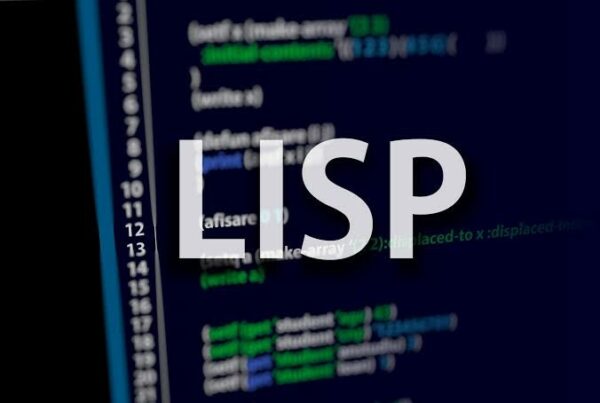
Lisp, short for List Processing, is the second oldest programing language. Developed in the late 1950s, Lisp has been popular amongst AI researchers due to its ability to handle symbolic expressions and recursive programming.
One of its most distinctive features is its use of parentheses in syntax, which can make it seem visually overwhelming to newcomers.
However, Lisp offers excellent power and flexibility, allowing programmers to manipulate and transform data easily.
Despite its long history, Lisp remains relevant and vital in AI, with many modern AI applications still being developed in the language.
長所
短所
R
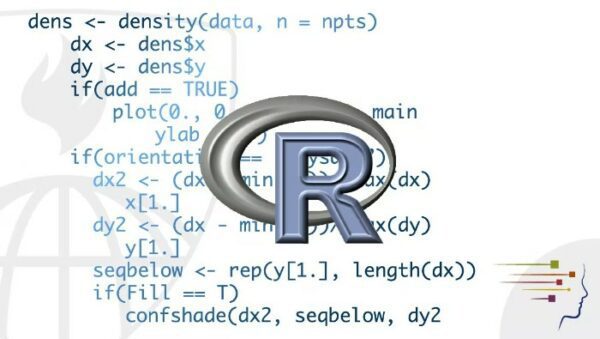
R programing is a dynamic type system for AI projects due to its statistical computing and graphical capabilities. It has many libraries and packages specifically designed for machine learning, deep learning, natural language processing, and other AI tasks.
Additionally, the language offers robust statistical analysis capabilities for predictive analytics or data mining applications.
R is an open-source language with an active community of developers and users, making getting help or finding necessary documentation easy. Furthermore, the language offers excellent visualization capabilities that can be used to create stunning visualizations for AI tasks.
長所
短所
Julia
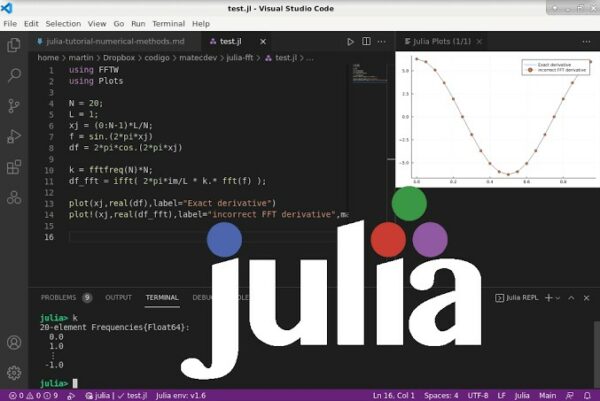
Developing AI-based applications requires an extensive understanding of programing languages.
One such programing language is Julia, which has gained popularity in the AI community due to its speed, performance, and ease of use.
Julia boasts a simple syntax that allows developers to write efficient and readable code. Julia’s comprehensive package ecosystem also makes it an ideal choice for data analysis, machine learning, and scientific computing.
With Julia, developers can write high-performance code with minimal effort, making it an excellent tool for AI development.
長所
短所
Prolog
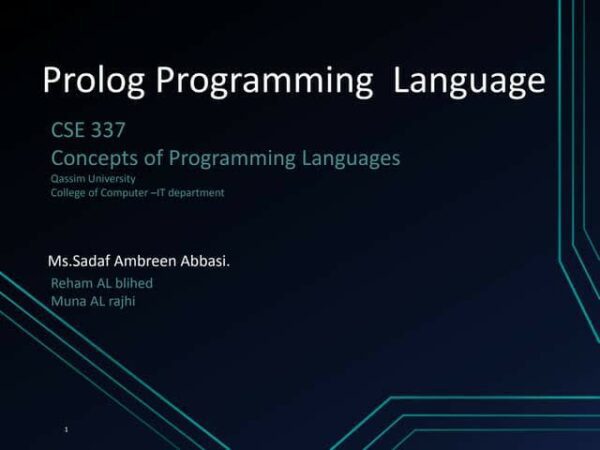
Prolog is a programing language designed specifically to support the development of AI applications.
Prolog’s main advantage is its ability to represent knowledge through facts, rules, and queries. It also has excellent pattern-matching capabilities, making it easier to work with structured data and develop complex applications.
Prolog is also a logical programing language, meaning it can solve problems by deductive reasoning. Furthermore, Prolog is one of the few AI programing languages that offers native support for non-determinism.
長所
短所
Other notable AI programing languages to learn:
- Scala
- Haskell
- Swift
What Programing Language is Used in AI?
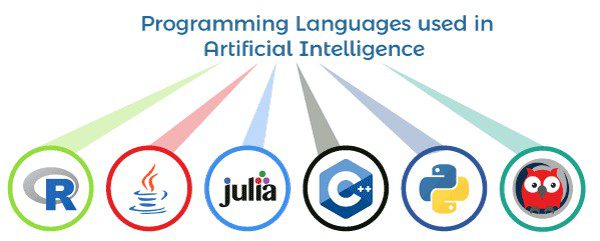
Depending on the specific task, programming can involve any number of languages for artificial intelligence. Commonly used AI programing languages include Python, Java, C++, and Prolog.
Each programing language has unique features and capabilities that make it suitable for different types of artificial intelligence development.
Python is one of the most popular languages for AI due to its ease of use and wide range of libraries. Java is among the oldest AI programing languages, offering robust object-oriented development capabilities, which can be used to develop mobile apps.
C++ performs excellently for AI applications such as web development, robotics, and computer vision. Prolog is a scripting language designed specifically for AI and logical programming tasks.
In short, no single language is ideal for all AI programing tasks. When choosing a language for AI development, it is essential to consider the specific needs of your project and choose a language that fits those requirements.
Is Python the Main Language for AI?
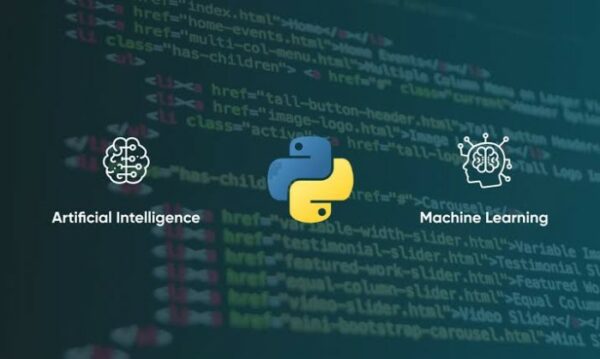
No, Python is not the only language used in AI development. While Python is the major choice for AI programing due to its ease of use and extensive library ecosystem, other AI programing languages are also commonly used.
Java is an object-oriented language that offers robust development capabilities for AI applications. C++ performs excellent computer vision, robotics, and web development tasks.
Each language offers unique features and capabilities that make them suitable for different AI projects. Choosing the right language depends on the specific requirements of your project.
Does AI Require Coding?
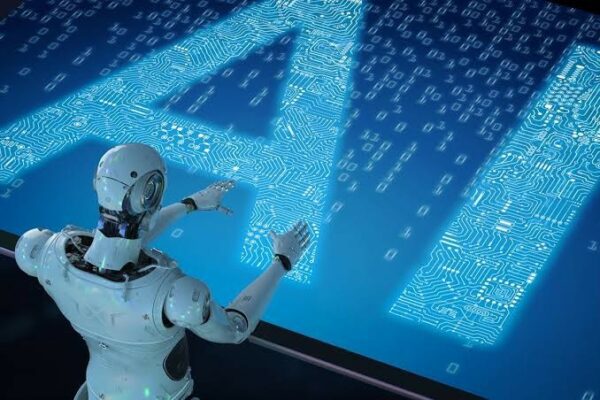
Yes, AI applications require coding to function. While AI algorithms can be designed without coding, implementing an AI system will require some form of programming.
The language used for AI development depends on the specific requirements of the project and task being undertaken. Python is the most popular choice for AI due to its ease of use and wide range of libraries. Other popular choices include Java, C++, and Prolog.
Coding is essential to AI development, regardless of the language used. With the right programming skills and knowledge, developers can create powerful AI applications to make decisions and solve complex problems.
結論
The bottom line is that AI programing languages are evolving rapidly, and choosing the right language for your specific project can be daunting.
However, following the information provided in this blog post, you should be able to make an informed choice as to which of these seven languages could be best for your use case.
Python and Java are great general-purpose languages offering robustness and scalability; C++ provides good performance and scalability while being more low-level.
Java offers the fastest way to develop applications quickly; Lisp has become incredibly popular due to its numerous community-based open-source projects; Prolog has high development speed but slower runtime; Go offers fast performance with minimal memory allocation requirements; and R provides a perfect platform for data analysis.
With their various pros and cons, each language will provide unique value for coding an AI application or software solution.
Ultimately, you must evaluate which of these seven AI programing languages will provide you with the best standard widget toolkit for success in 2023.
